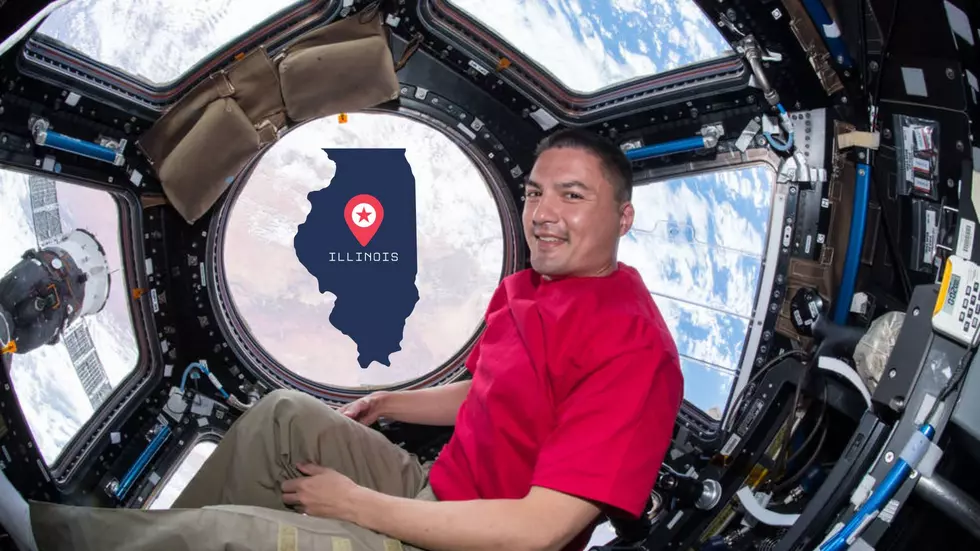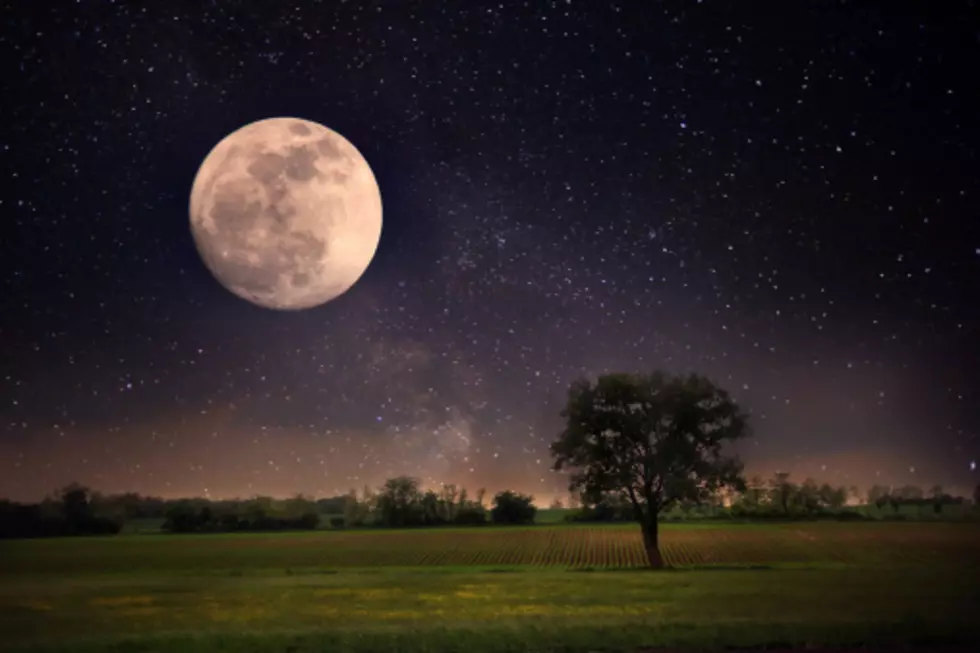
Get Ready for Sunday’s Supermoon Eclipse
It hasn't happened since 1982, and the next one won't be until 2033. It's not just a "supermoon," it's a "supermoon eclipse." And, it's a fairly rare event. There have been just 5 supermoon eclipses since 1900 (1910, 1928, 1946, 1964, and 1982, if you must know).
So, what's the explanation, and when/where do we look? Good question.
From Fox News:
The supermoon eclipse will last 1 hour and 11 minutes, and will be visible to North and South America, Europe, Africa, and parts of West Asia and the eastern Pacific, according to NASA. Weather permitting, the supermoon will be visible after nightfall, and the eclipse will cast it into shadow beginning at 8:11 p.m. ET. The total eclipse starts at 10:11 p.m. ET, peaking at 10:47 p.m. ET.
So, that's 7:11 local time for the start, with the total eclipse beginning at 9:11 local time, with the peak around 9:47.
A supermoon occurs when a new or full moon is at its closest to the Earth. "Because the orbit of the moon is not a perfect circle, the moon is sometimes closer to the Earth than at other times during its orbit," said Noah Petro, deputy project scientist for the Lunar Reconnaissance Orbiter at NASA’s Goddard Space Flight Center in Greenbelt, Maryland, in a statement. "When the moon is farthest away it’s known as apogee, and when it’s closest it’s known as perigee. On Sept. 27, we’re going to have a perigee full moon—the closest full moon of the year."
Thanks also to NASA for this animated break-down of the cosmic event:
More From WROK 1440 AM / 96.1 FM









